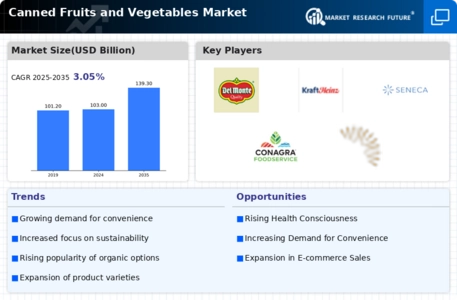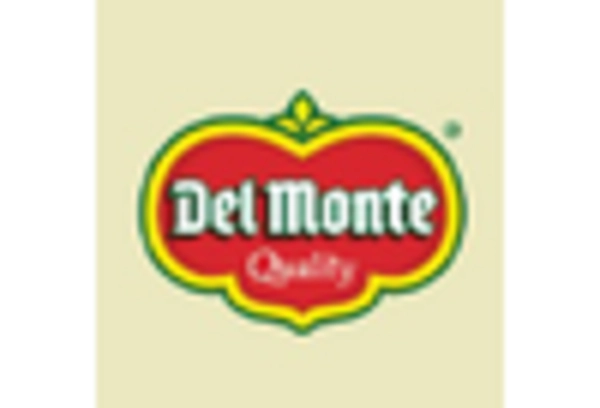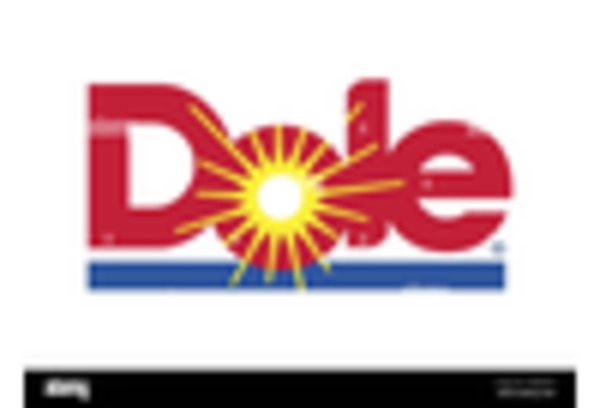Leading market players are putting a lot of money on R&D to increase the number of products they offer, which will fuel the growth of the Canned Fruits and Vegetables market. Additionally, market participants are engaging in a range of strategic initiatives to increase their worldwide reach, with important market developments such as the introduction of new products, contracts, mergers and acquisitions, increased investments, and cooperation with other businesses. To grow and endure in an increasingly competitive and challenging market environment, Canned Fruits and Vegetables industry must provide reasonably priced goods.
One of the main business strategies employed by manufacturers is to produce locally to reduce operational expenses in the Canned Fruits and Vegetables industry to develop market sector and provide benefits to customers. In recent years, the Canned Fruits and Vegetables industry has provided the healthcare sector with some of the biggest benefits. Major players in the Canned Fruits and Vegetables market, including Del Monte Foods, Kraft Heinz, Dole Food Company Inc., Seneca, ConAgra Foods, Mediterranea Belfiore SRL, Casual Spain, and others, invest in operations for research and development in an effort to improve market demand.
The Kraft Heinz Company (KHC), also referred to as Kraft Heinz, is an American food corporation with co-headquarters in Chicago and Pittsburgh that was created by the merging of Kraft Foods and the H.J. Heinz Company.[5][6] With about $26.0 billion in yearly sales as of 2021, Kraft Heinz is the third-largest food and beverage corporation in North America and the fifth-largest in the world.
Over 20 other brands, including Gevalia, Grey Poupon, Boca Burger, Oscar Mayer, Philadelphia Cream Cheese, Primal Kitchen, and Wattie's, are also included in the company's profile in addition to Kraft and Heinz; eight of these brands have total annual individual sales of over $1 billion. Based on total sales for 2017, Kraft Heinz was placed 114th on the 2018 Fortune 500 ranking of the largest American firms. In January 2022, Kraft Heinz declared that it had finished buying an 85% interest in the German company Just Spices GmbH.
Dole plc, an Irish American agricultural firm with its corporate headquarters in Dublin, Ireland, formerly traded as Dole Food Company and Standard Fruit Company. The enterprise, which employs 38,500 full-time and seasonal workers and supplies 300 goods to 75 countries, is among the largest growers of fruits and vegetables in the world. Dole reported $6.5 billion in 2021 revenue. Under a license from the Dole brand, the corporation PepsiCo offers fruit drinks in bottles. To encourage everyone, including children, to eat fruits and vegetables, Dole and The Walt Disney Company have a comarketing arrangement.
In 2020, Dole and The Walt Disney Company have a brand license agreement for fruits and vegetables branded with Disney, Pixar, Marvel, and Star Wars fictitious characters to promote fruit and vegetable consumption among kids, such as applying stickers on bananas.


















Leave a Comment